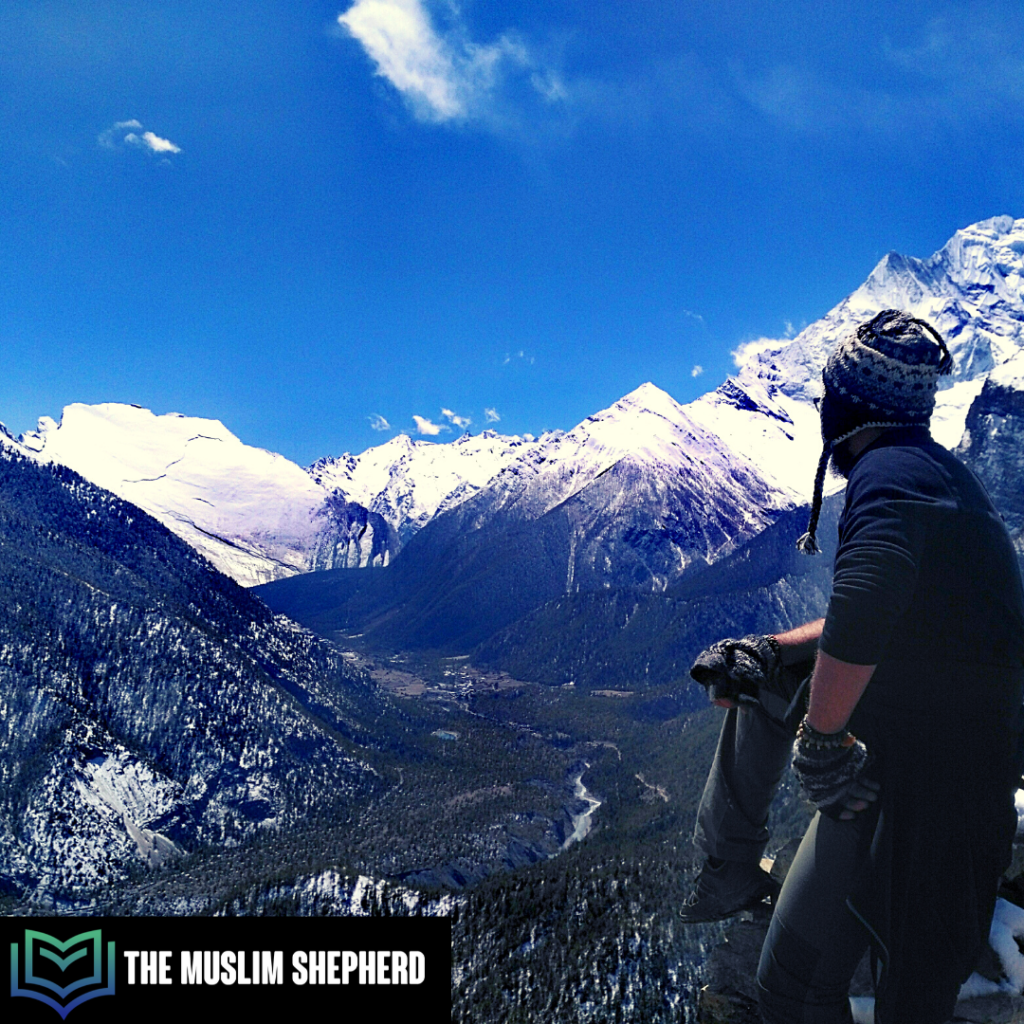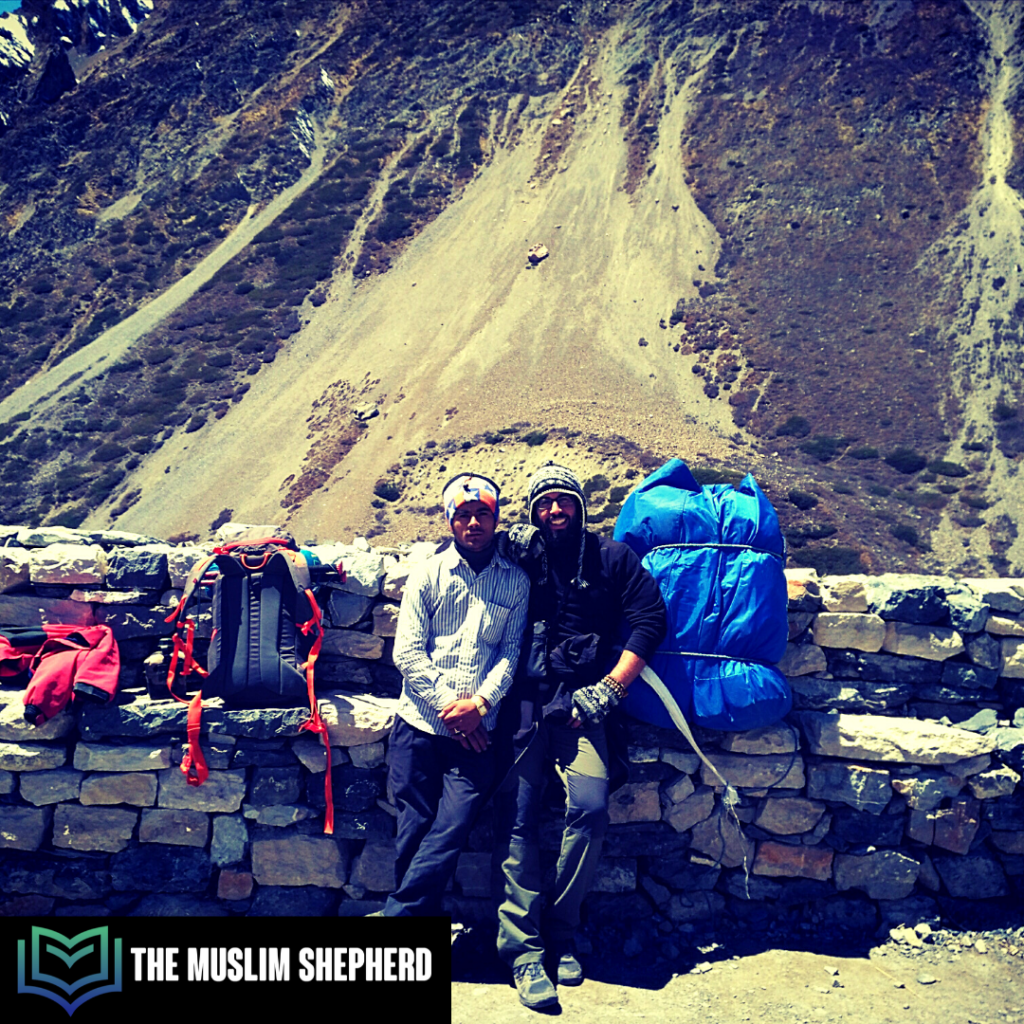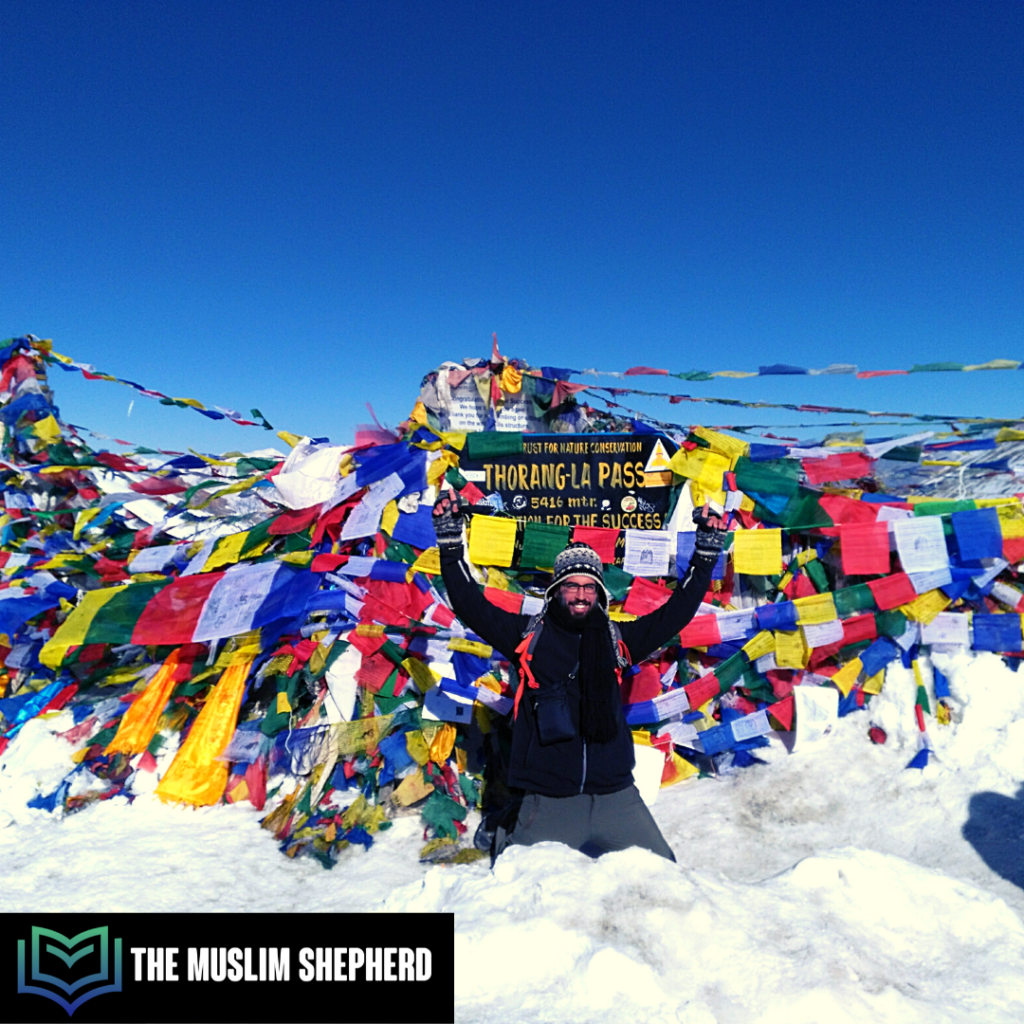Break bad habits start by changing our perception. That’s how we create a desire for change (I covered this in Part 1).
But, if the pleasure of the bad habit is higher than the reward of quitting it, the process of change will not last.
That’s why we need BIG REWARDS.
BIG REWARDS are the goals we’re moving towards. They make changing more attractive. To effectively break bad habits and enjoy yourself, you need to define them.
Big Rewards will make you unstoppable
If someone offers you 1 million dollars to change a bad habit now, will you quit?
Of course. All reasons and excuses to not change will vanish in a second.
It’s not true that changing takes ages. It can take a split of a second.
Unfortunately, it doesn’t happen every day that someone offers us a million to quit a habit.
We need to be the architect of our Big Reward.
The form you have selected does not exist.
My travel story
Training in China
I wanted to quit smoking before going to Nepal. It’s something that I dreamed about. That was my Big Reward.
It was inconceivable for me to be out of breath there. I wanted to enjoy my trip.
I heard about martial arts schools in China.
My plan was simple: the school will be my rehab center. I’ll train for 2 months and cleanse my body.
I found a school near Yantai, located on the northeastern coast of China. From Beijing, you can reach the small port city in about 6 hours by train.
I chose to practice Wing Chun. It’s a form of Chinese Kung Fu. If you’ve ever seen the movie Ip Man, you know what Wing Chun Is.
A day in Shaolin Kung Fu School starts with Tai Chi at 6 am. Then breakfast, training until lunchtime, and training again until dinner time. After that, you have some optional activities like learning mandarin.
Some days have a particular flavor.
- Monday mornings: conditioning. It increases your tolerance for pain. You punch trees, your buddies punch you, and you hit yourself with a stick on your shins. It’s a lot of fun.
- Wednesday afternoons: power stretching and power training. You’ll hear screamings for the first part. You train your flexibility and try to perform splits. The second part is for increasing your strength.
- Friday afternoons: mountain running. You go up and down the mountain for 7 times. The faster you run, the sooner you can get out of there and start your weekend.
After a month of this routine, I was in the best shape of my life.
But I broke my rib during one of the training.
So, I and my broken rib wandered in China for another month.
Hiking in Nepal

I left the school, not as a master of Wing Chun, but as an ex-smoker, who’s now ready to tackle the mountains of Nepal.
There are 2 famous treks: one is the Everest Base Camp circuit, the other the Annapurna circuit. I chose the second one as it has more variety in scenery and villages.
The Annapurna circuit is a 12 to 14 days trek. You slowly gain altitude. You need to cover long distances each day.
I would start walking at 6 am and stop at around 4 pm.
The landscape is ever-changing. You start with green valleys, rivers, and end up with snowy peak mountains. Suspended bridges are everywhere.
You cross tiny villages and spend nights in guesthouses. The locals are friendly and easy to interact with them.
The trek is challenging. After 3000 meters, signs of altitude sickness kick in. In any case, you’ll feel dizzy, exhausted, or cough because of the dry air.
Nepalese porters

Along the trek, you will meet the Nepalese porters. They carry loads on their backs, often supported by a strap over their foreheads.
On average, a porter can carry 90% of his bodyweight- Around 65 kg and above. It’s insane! A traveler in a good shape doesn’t go over 30 kg in his backpack.
To try, I exchanged my backpack with a porter for a day.
After that, my body was broken for a week. But it was fun to do. The porters were amused. I suspect they sent my picture to everyone they knew.
The Summit

I made it to Thorong La-Pass, which has an elevation of 5416 meters above sea level.
I celebrated with a delicious chai latte and a chocolate bar. Then I ran downhill like crazy- it’s better for the legs.
Do I want to smoke again after this adventure? You bet not.
I want more broken ribs, challenging trips, and meaningful encounters.
This journey was my BIG REWARD. I break my bad habit this way. And i had a lot fun to do so.
What’s on your bucket list?
Your bucket list is the right place where to start looking for your potential Big Rewards.
What the things you could be doing that your bad habits prevent you from doing?
If you don’t have a bucket list, jot down one.
What would you love to do? What would make you happy and satisfied?
In case you’re lacking inspiration, here’s an article with 553 ideas for your bucket list 😊
